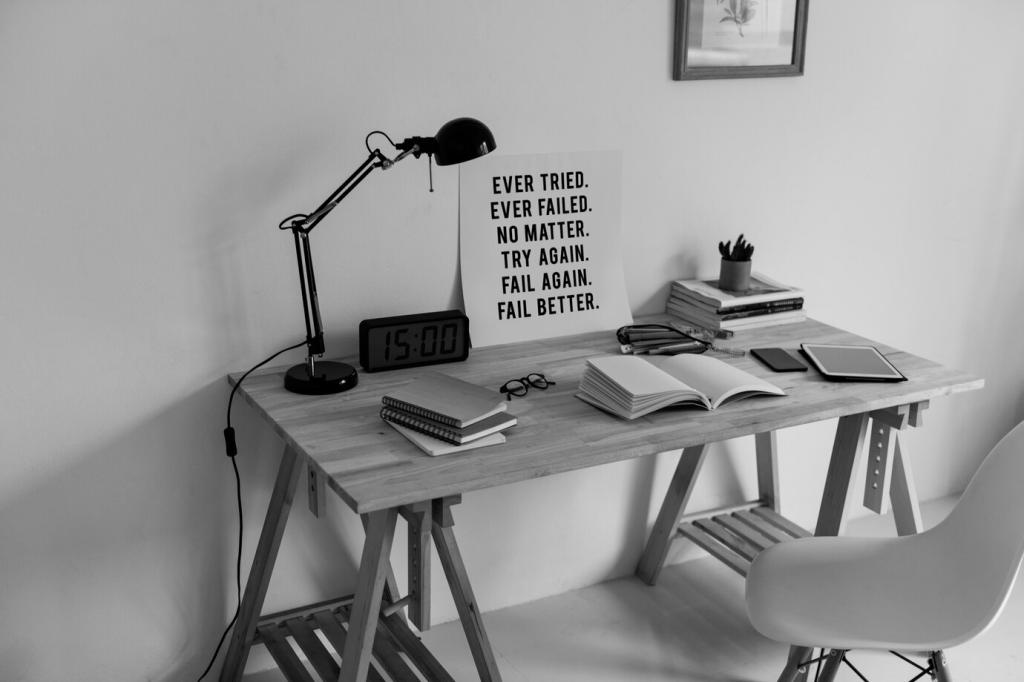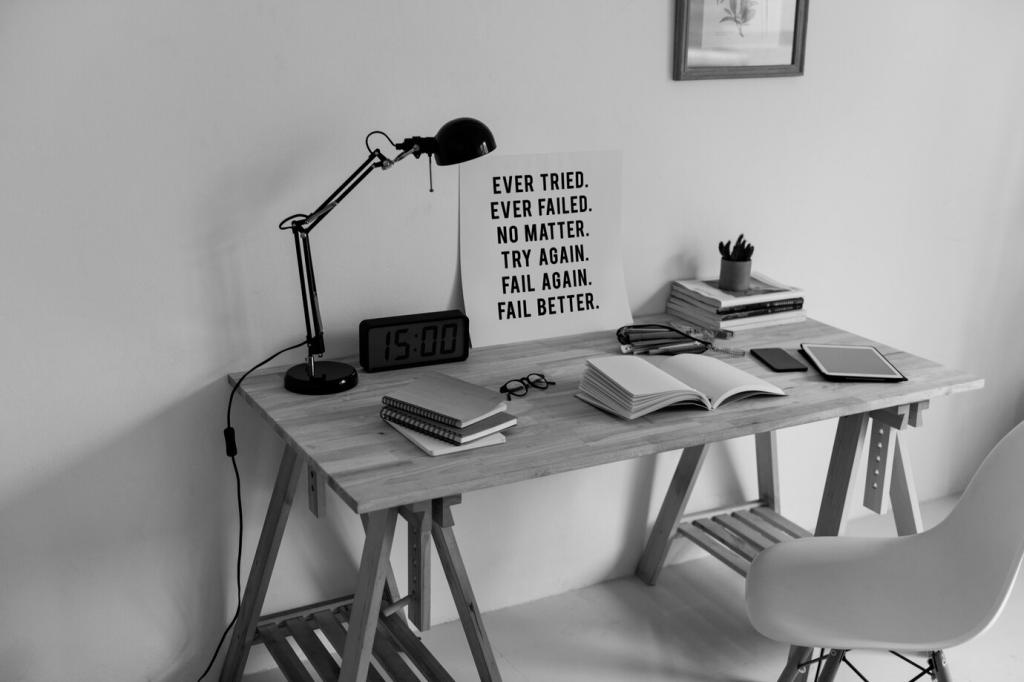Why Sustainable Materials Matter in Workspace Design
Embodied carbon hides in every finish and fixture. Choosing recycled aluminum can cut energy use by up to ninety-five percent compared to virgin, while reclaimed wood preserves character without the footprint of new harvesting. Small, smart substitutions stack up fast across floors, ceilings, and furniture.
Why Sustainable Materials Matter in Workspace Design
Low-VOC paints, Greenguard-certified furniture, and adhesives with cleaner chemistries reduce headaches, fatigue, and lingering odors. Teams notice the difference in the first week: clearer focus, less irritation, and fewer complaints. Healthy materials support WELL and LEED targets while making everyday work feel noticeably fresher.






